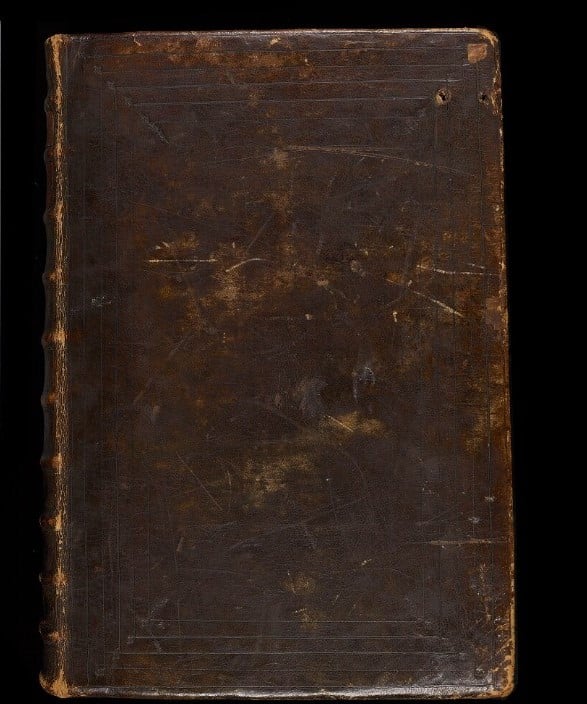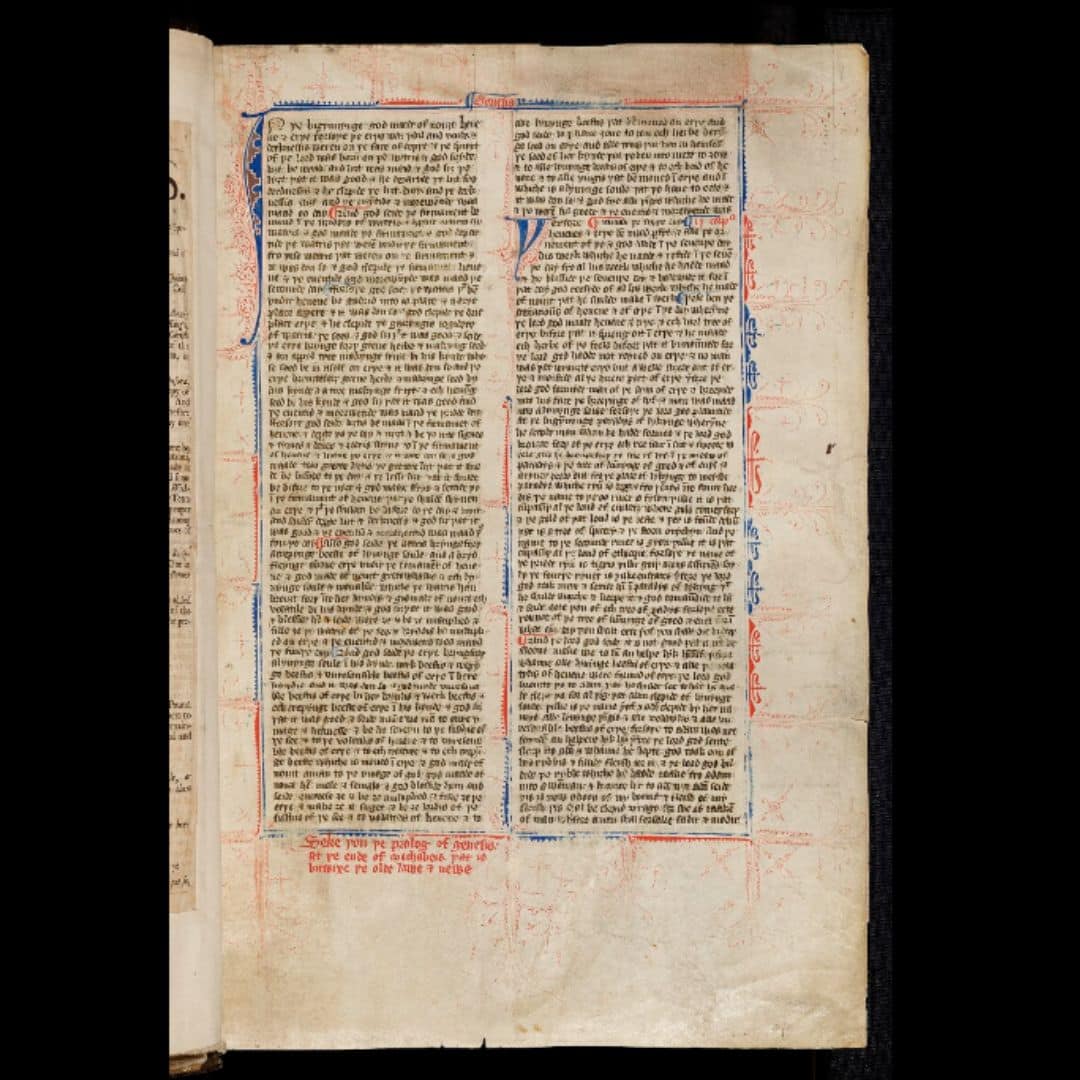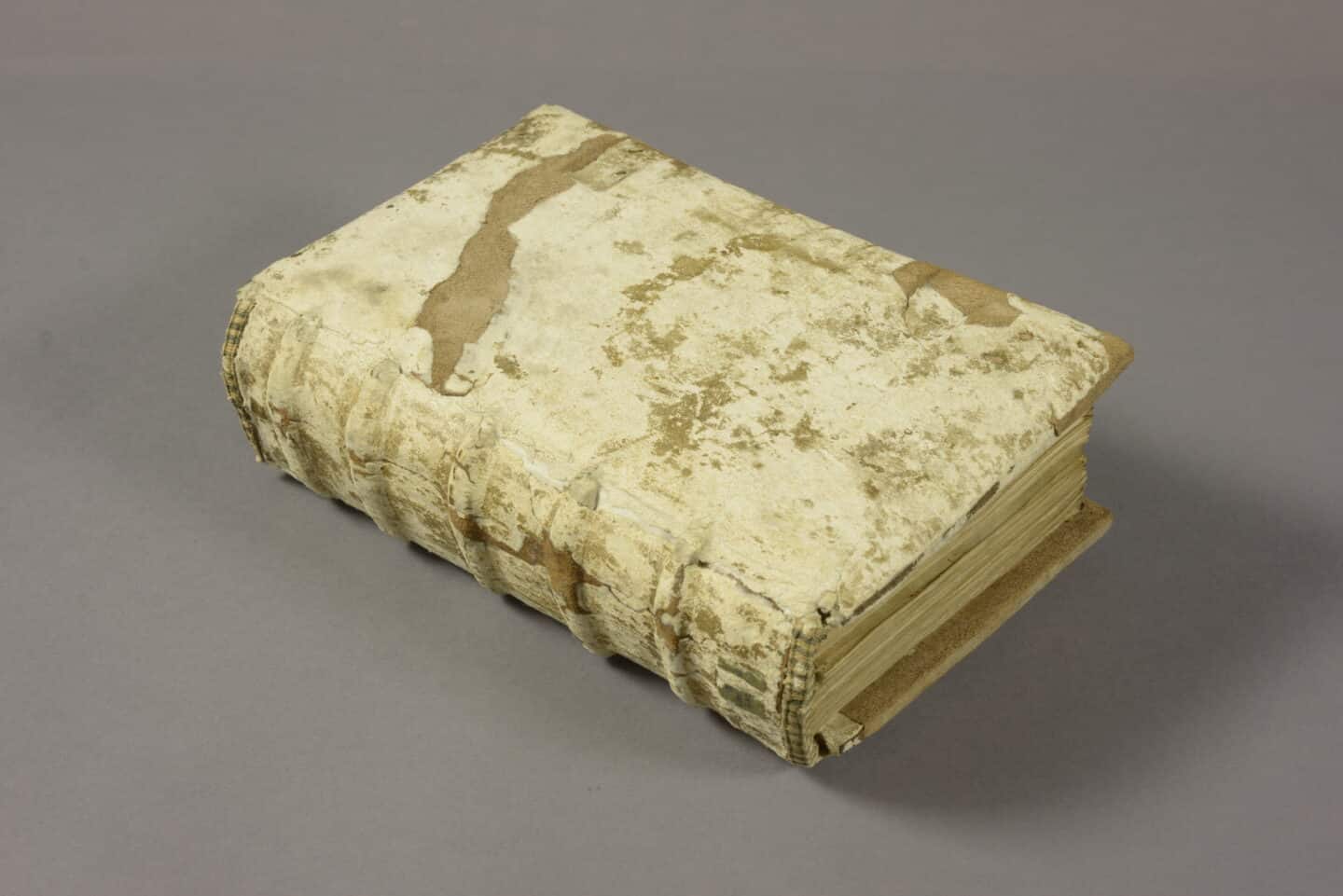We are delighted to report that Lincoln’s copy of the Wycliffite Bible (MS Lat. 119), has now been digitised, and is available online via the Digital Bodleian. Although over 250 manuscripts have survived, Lincoln’s copy is important because it is unusually complete. Indeed, there are only 20 complete bibles left.
The Wycliffite Bible is significant because it was the first complete translation of the Bible into English. Created in the late 14th century by followers of John Wyclif, a theologian at Oxford, it marked a turning point in making religious texts accessible. Despite being banned and labelled as heretical by church authorities, the Wycliffite Bible had a lasting impact on religion, language, and culture.
Though some are more modest copies, many of the surviving manuscripts are beautifully crafted. Some manuscripts, including the most complete bibles, are large luxury illuminated copies, most likely made in London.
This translation comes in two versions: the Earlier Version (EV) and the Later Version (LV). Both were based on the Latin Vulgate Bible, but had key differences. The EV – which might have been intended as a translation for scholarly purposes – is more literal, sticking closely to Latin grammar and phrasing. In contrast, the LV – which was probably meant to reach a wider audience - uses a less literal translation of many Latin grammatical constructions and adjusted Latin phrases to fit the way people spoke in English. This made the Bible more accessible to a wider audience.
Although the Wycliffite Bible was widely disseminated – and its translations and manuscripts were remarkably orthodox and uncontentious – it was banned from circulation less than 20 years after its appearance. While the translation was being completed, Wyclif’s ideas were condemned as heretical at the Blackfriars Council in 1382. In 1401 Parliament passed a statute de Heretico Comburendo, advocating death by burning to all who refused to renounce heresy or who relapsed into it. In 1409, strict church laws prohibited not only the reading and copying of Wyclif’s works, but also the making and use of any translations of the Bible made at the time of Wyclif or after without episcopal approval of both the version and owner. Although this legislation was enforced until the Reformation, the Wycliffite Bible continued to circulate, and its popularity peaked in the early 15th century. By the mid-1400s, though, the effects of persecutions started to be felt and production slowed. The latest known medieval copy is Oxford, New College MS 320, dated around 1500.
In conclusion, the Wycliffite Bible represents a remarkable accomplishment in pre-Reformation biblical scholarship, unparalleled in both English and European traditions. It distinguishes itself among medieval English Bible translations through its vast scope, widespread popularity and innovative approach to language and scholarship. As research continues, its impact on both contemporary and later academic and literary traditions is likely to become even clearer.
Learn more about the Wycliffite Bible
View the digitised Wycliffite Bible at the Bodleian
Many thanks to Elizabeth Solopova, Principle Investigator of the ‘Towards a New Edition of the Wycliffite Bible’ Project’, whose text we have adapted.



